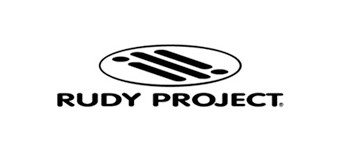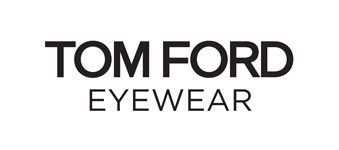Polarized sunglasses go beyond style but they actively reduce glare and protect your eyes from reflective surfaces. But not all sunglasses offer this protection, and it’s not always obvious just by looking at the lenses. Luckily, a few simple at-home tests can help you determine whether your current pair is truly polarized.
Polarization works by filtering out the horizontal light waves that cause glare, which is why polarized sunglasses are especially useful for outdoor activities like driving, fishing, or spending time near water. Knowing how to identify polarized lenses and when to use them can make a difference in both your visual comfort and long-term eye health.
The Science Behind Polarizing Sunglasses
Polarized sunglasses contain a special chemical film that acts as a filter for light waves. This technology works by blocking horizontally polarized light while allowing vertically polarized light to pass through. The result is reduced glare from reflective surfaces like water, snow, pavement, and car hoods.
Regular sunglasses simply darken your view by reducing the overall amount of light that reaches your eyes. Polarized lenses, however, selectively filter light waves, which means they can actually improve visual clarity even while protecting your eyes from harmful rays.
Tests to Identify Polarized Sunglasses
The Reflection Test
The most reliable method for determining if your sunglasses are polarized involves observing how they interact with reflected light. Find a reflective surface such as a car window, water, or glossy pavement. While wearing your sunglasses, slowly tilt your head 90 degrees to one side.
If your sunglasses are polarized, you’ll notice reflected light changes as you tilt or rotate your head. Polarized lenses block horizontal glare in their normal position, so reflections may appear to darken or disappear. When you rotate the lenses, reflections often become more visible. With non-polarized lenses, reflections stay the same regardless of head movement.
The LCD Screen Method
Digital screens emit polarized light, making them good for testing your sunglasses. Look at your smartphone, computer monitor, or tablet screen through your sunglasses. Slowly rotate the glasses 90 degrees while looking at the screen.
Polarized sunglasses will cause the screen to darken dramatically or appear completely black at certain angles. If the screen brightness remains consistent regardless of rotation, your sunglasses are likely not polarized.
The Two-Pair Comparison
If you have access to another pair of polarized sunglasses, you can perform a comparison. Hold both pairs of sunglasses in front of you, one behind the other, and look through both lenses simultaneously.
Slowly rotate one pair while keeping the other stationary. If both pairs are polarized, you’ll notice the view alternating between normal and very dark as you rotate. This happens because the polarizing filters are either aligned or perpendicular to each other.

The Importance of UV Protection
While polarization reduces glare, it’s important to understand that glare reduction and UV protection are two separate features. Quality polarized sunglasses should provide both benefits, but some cheaper polarized options may lack adequate UV protection.
Understanding UV Radiation Types
Three types of ultraviolet radiation affect human eyes:
- Ultraviolet A (UVA) rays are present year-round and can penetrate deep into eye tissue. The ozone layer provides no protection against UVA rays, making quality sunglasses helpful for blocking them.
- Ultraviolet B (UVB) rays are more intense than UVA but are partially absorbed by the ozone layer. However, significant amounts of UVB still reach Earth’s surface, particularly during peak sun hours.
- Ultraviolet C (UVC) rays are the most dangerous, but are completely absorbed by the Earth’s atmosphere and ozone layer, so they don’t pose a direct threat to eye health.
Long-Term Eye Health Consequences
Prolonged exposure to UV radiation without proper eye protection can lead to serious vision problems:
- Photokeratitis, often called “snow blindness,” can cause discomfort, burning, excessive tearing, and temporary vision loss. This condition can occur after just a few hours of intense UV exposure.
- Cataracts develop when UV radiation damages proteins in the eye’s lens, causing cloudiness that impairs vision. While cataracts are treatable with surgery, prevention through proper UV protection is preferable.
- Macular degeneration affects the central portion of the retina responsible for sharp, detailed vision. UV exposure is a contributing factor to this age-related condition.
- Pterygium involves abnormal tissue growth on the eye’s surface, often requiring surgical removal in severe cases. This condition is directly linked to UV exposure and affects people who spend considerable time outdoors.
Wearing sunglasses with UV protection is a simple, effective way to help lower these risks and maintain healthy vision over time.
Make an Informed Choice About Your Eye Protection
Knowing whether your sunglasses are polarized helps you protect your eyes and improve visual comfort. Simple at-home tests can show if your eyewear reduces glare, and understanding the benefits of polarization can guide you in choosing the right lenses for outdoor activities.High-quality polarized sunglasses offer both glare reduction and UV protection, supporting your long-term eye health. For help finding the right pair, visit Warman Eyecare. Our team can recommend options that match your needs and lifestyle.









